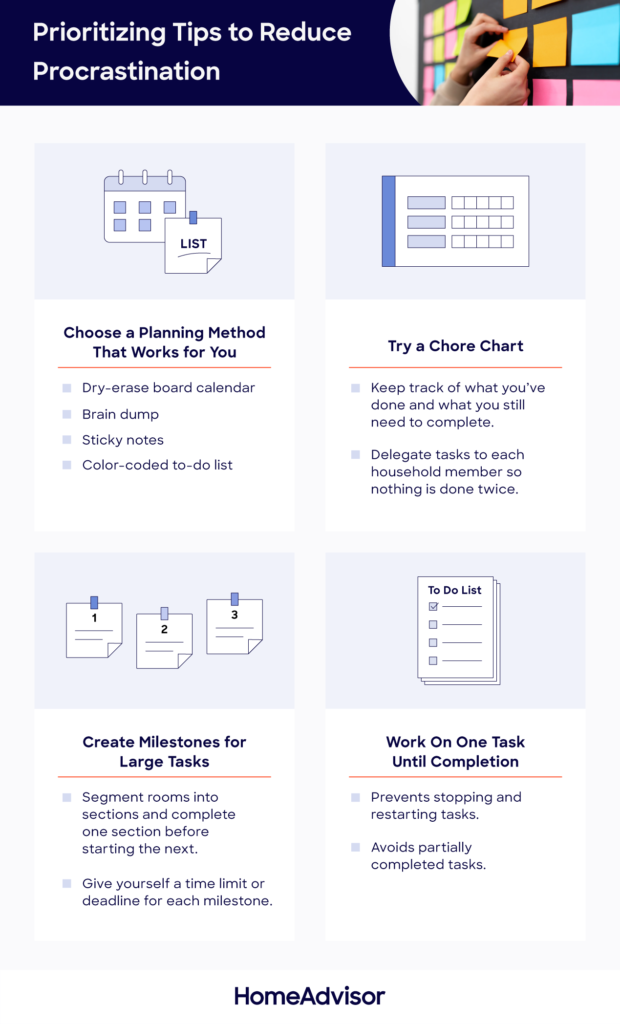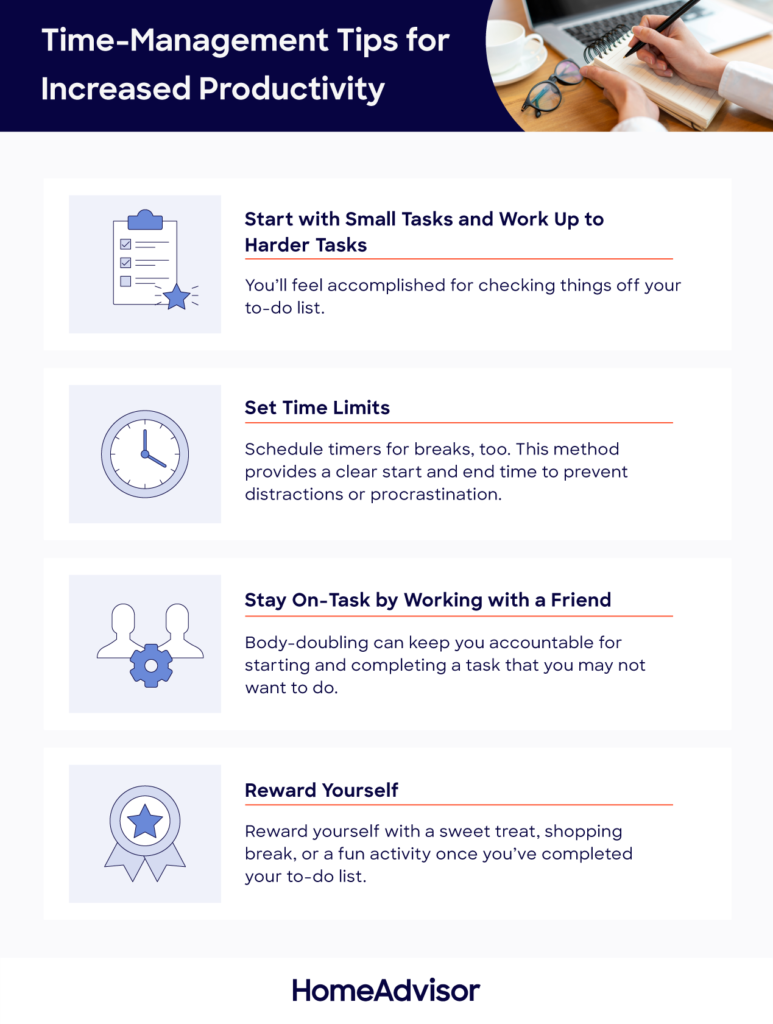If you’re the teacher or a parent of a child with attention deficit hyperactivity disorder (ADHD), you already likely know that they can struggle with memory, focus, and organization. Students may lose homework assignments, make careless mistakes on tests, have problems following instructions, and cause disruptions in the classroom and at home.
While learning to manage ADHD requires a long-term effort, many strategies can make a difference. With the help of a HomeAdvisor blog on organization hacks for ADHD, we’ve come up with six ADHD-friendly tips to help students succeed in school—and hopefully outside of it too!
Finding the best plan for each individual may require some trial and error, but the following suggestions make a great place to start.
6 Strategies for ADHD in the Classroom:
- Make It Colorful (And Visual)
Most children respond well to visuals—pictures, colors, charts, etc.—but they can be a game-changer for those with ADHD. Distinctive colors tend to stand out and stick in the brain, helping students organize their tasks and focus their thoughts.
Teachers can post important concepts on colorful posters, parents can color-code a family chore chart, and students can keep notes in colored pens designated for different classes, themes, or assignments.
- Minimize Distractions
Since distractibility is one of the hallmarks of ADHD in the classroom, it’s important to reduce sights and sounds that compete for the child’s attention. Students with ADHD often do well in front-facing desks away from doors, windows, and good friends.
At school, try to create a quiet environment for taking tests and completing assignments. At home, work to ensure that your child has a dedicated study space away from the noise of TVs or other children playing.
- Keep It Organized
Whether a master binder, a large wall calendar at home, an electronic planning app, or a dedicated notebook for writing all assignments and tests, students need a home base to organize their tasks.
Help children create tabs in their school binder with different labels or colors for different classes. Give them a few minutes at home every night or at school at the end of the day to organize their belongings.
- Give Everything a Home
If items are always in the same location, you won’t have to rely on memory to find it. Writing utensils go in the pencil holder, homework assignments go in the binder, and toys go in their proper bins or shelves.
You can help reinforce these “homes” with labels designating what belongs in that spot or by color-coding tubs for toys, art supplies, and sports gear. Dividing areas of a room by task also helps, such as having separate sections of a bedroom for playing and studying.
- Make Time for Breaks—and Movement
For any child (or adult for that matter), life is a balancing act between work and relaxation, motion and rest. People with ADHD, however, may need more breaks than most. You can accommodate this need by scheduling breaks and movement into any activity. Whenever possible, divide longer tasks and long-term projects into manageable bits.
At school, consider giving more frequent short quizzes rather than one long test. Focus the student’s need for movement by giving them an errand, allowing them to go to the bathroom or letting them play with a soft squeeze ball (if not too distracting).
At home, allow for a 30-minute decompression session between school and homework. Set a timer during schoolwork or housework for a 5-minute break after 15 minutes of work.
- Emphasize Rewards
Students with ADHD often have executive function issues, which means that immediate rewards (such as talking to friends) often win out over long-term rewards (like getting good grades). Providing frequent rewards can help tip the balance in favor of staying on task or doing the right thing. Look for opportunities to reward students with praise, points, or activity time whenever they follow the plan, achieve small goals, or even simply make a concerted effort.
Just having choices can act as a motivator, helping students produce more and act out less. You can provide a list of options for your classroom to practice their math skills or spelling words. Allow your child to decide which room or chore they are responsible for that week, rather than just assigning one.
The Bottom Line
Managing any classroom or home requires balancing the needs of the group with those of the individual. Fortunately, many of the above suggestions work well for students with and without ADHD. For more organization ideas or help creating an ADHD-friendly space, check out HomeAdvisor.




